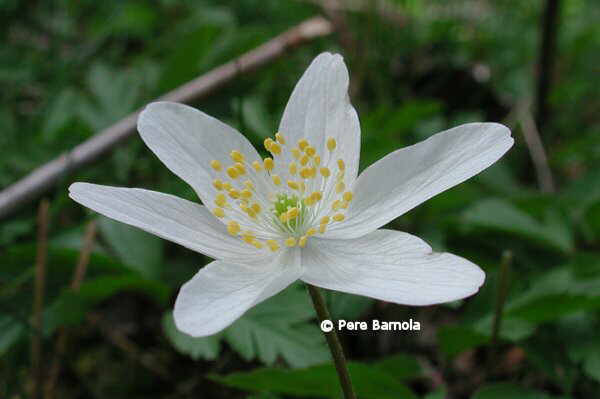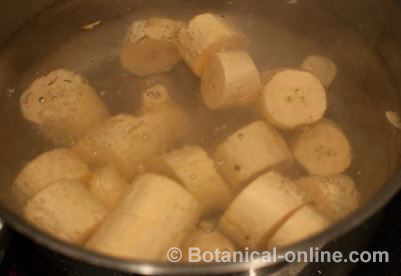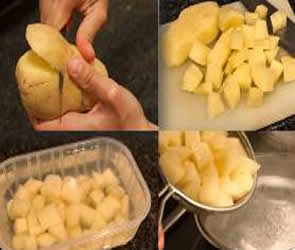Contents
What is a woundwort?
Characteristics of woundwort (Anthyllis vulneraria)
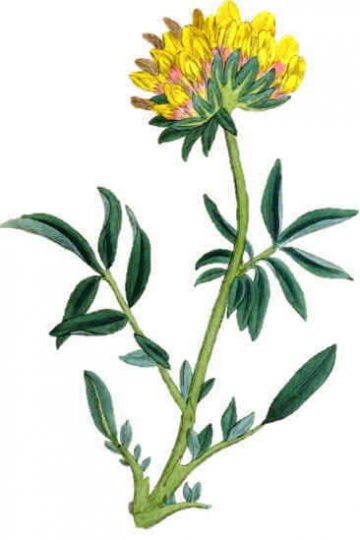
Common name: Kidney Vetch, Woundwort, Ladies Finger
Scientific name: Anthyllis vulneraria L.
Etymology: the name Anthyllis comes from the Greek words “anthos”, which means “flower”, and “ioulus” which means “hair”. This name responds to the fact that it is a plant covered with a patent whitish hairiness, especially in regard to the calyx of the flowers.
Family: Papilionaceae
Habitat. Where does woundwort grow?
Woundwort is native to calcareous soils, and its distribution reaches practically all of Europe, North Africa and America, and Southeast Asia.
It is a plant with different subspecies that present different shades of color. Among all of them stand out:
- Anthyllis vulneraria L. subsp. alpestris (Ascherson & Graebner): with large inflorescences. Lower leaves undivided. In alpine areas on pastures, meadows or rocky areas.
- Anthyllis vulneraria L. subsp. praepropera (A. Kerner): with purple, reddish or pink flowers. In Mediterranean areas.
Description of the plant
Woundwort is a prostrate or ascending perennial herb of the Papillionaceae family, up to 50 cm in length.
- Silky pubescent stems.
- Green leaves on the upper surface and silky white on the underside, pinnate, with up to 6 pairs of leaflets, the lower ones presenting fewer leaflets than the upper ones and the terminal leaflet very prominent.
- Yellow flowers, more rarely pink, reddish or white, gathered in heads and protected by the lower part with a pair of bracts reminiscent of leaves. Calyx with very prominent hairiness, swollen with a narrower upper part. The flowers are hermaphroditic and pollinated by insects.
- The fruit is a small oval pod.
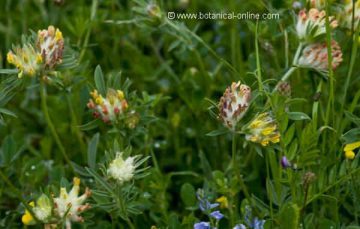
Used parts
– The leaves and flowers are prepared in infusions.
Components of woundwort
- Mucilage
- Tannins
- Saponins
- Flavonoids
- Anthocyanins
Uses of woundwort
This herbaceous plant of the Papillionaceae family is used as:
- Forage: This herb is used as a pasture for livestock.
- In the production of beverages: This plant is used to flavor alcoholic beverages.
- As a medicinal plant
![]() More information on woundwort
More information on woundwort



